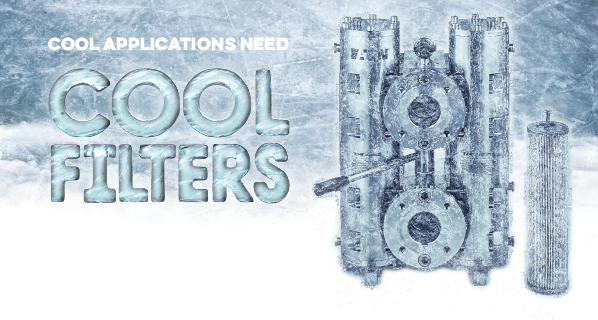Research to Watch: 4 Quadrant Multi-Fluid Pump/Motor
This column will bring you the progress of the pre-competitive research being conducted at member universities that are part of the CCEFP network. This research will help give insight into the future direction of fluid power.
The Center for Compact and Efficient Fluid Power (CCEFP) holds a monthly forum, highlighting research, workforce, and special topic presentations.
CCEFP is a network of fluid-power-research laboratories, academic faculty, graduate and undergraduate students at nine universities. It is also a National Science Foundation Research Center. For more information on CCEFP, visit www.ccefp.org.
Since 2014, the National Fluid Power Association (NFPA) Foundation has supported and is helping to expand the pre-competitive fluid-power-research activities of the CCEFP, dramatically increasing the number of institutions and students impacted by its research program. For more on NFPA, visit www.nfpa.com/aboutnfpa/missionfocus.aspx.

PROJECT PURPOSE
The overall purpose of this project is to develop a high-efficiency, mechanically controlled pump/motor able to pump and motor each in a clockwise or counterclockwise rotation (four quadrant) and capable of pumping oil, water, and corrosive fluids. Since the internal losses scale with displacement, the pump/motor maintains high efficiency at low displacements relative to currently available units. The displacement can be controlled using simple mechanical motion and low forces, multiple fluids can be used (depends on piston sealing gap configuration), and the mechanically based fluid-control system is adaptable to radial, in-line, and axial pump/motor configurations. Results of the project were presented for a proof-of-concept 3-piston in-line pump using a mechanical cam profile to vary displacement.
PROJECT PROGRESS
The project shows that the design offers better efficiency and controllability over conventional pumps and motors.
The project has built upon existing technology and research by working toward a novel mechanical control for digital pumps and motors in pursuit of making this technology approach more feasible.
The prototype pump mechanism has been tested on an existing digital pump/motor test stand, which has provided proof of efficiency and controllability and established proof of concept for mechanical actuation. Researchers have also worked toward selecting the radial piston donor pump for further investigation.
PROJECT NEXT STEPS
The project will be further refined by simulating an in-line 3-piston pump, comparing actual to experimental results to validate simulation techniques, and developing an optimal pump design.







